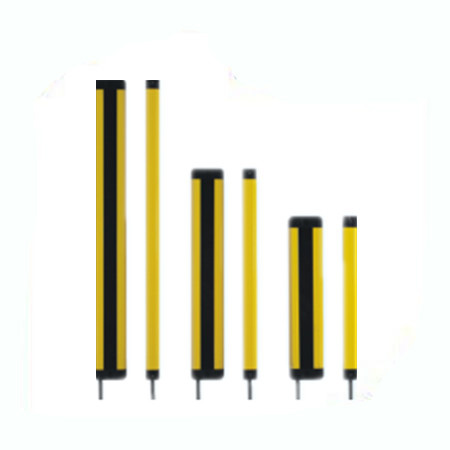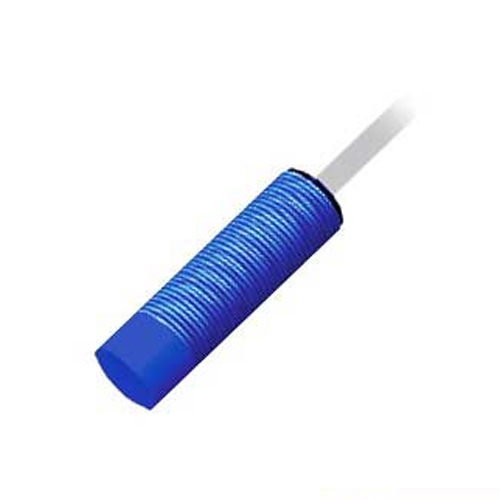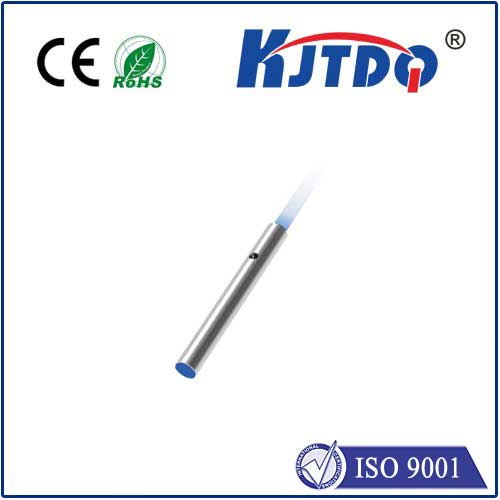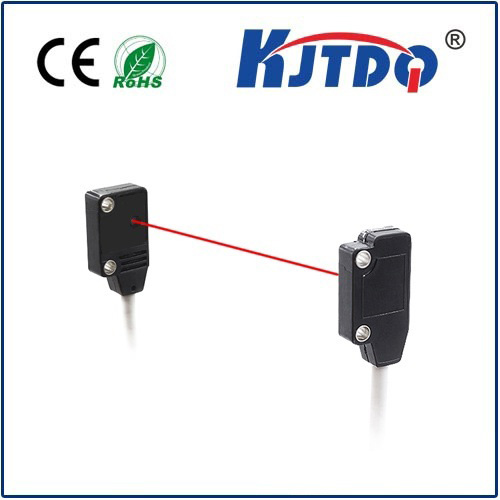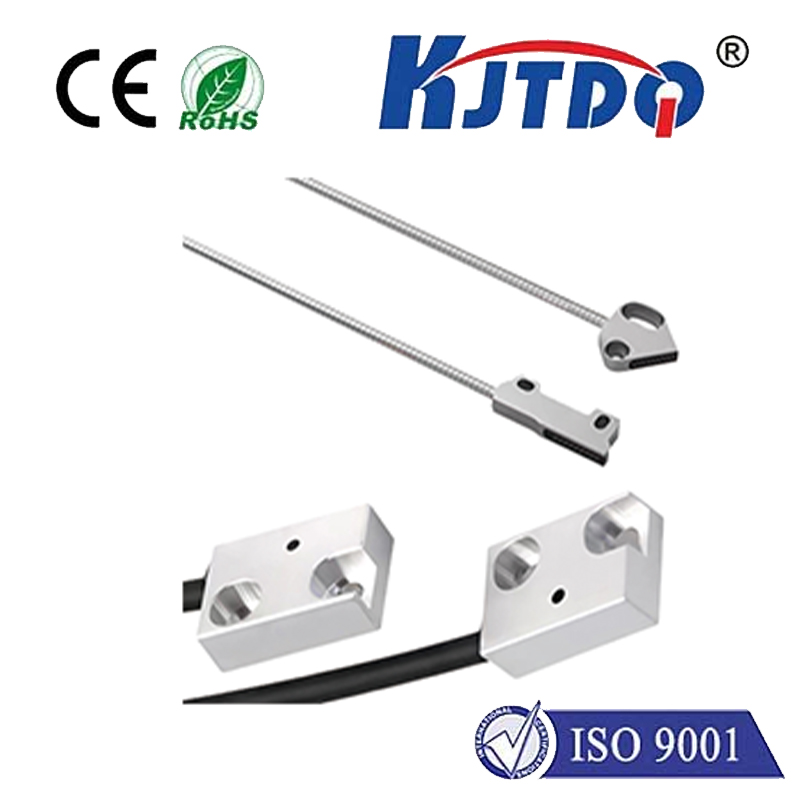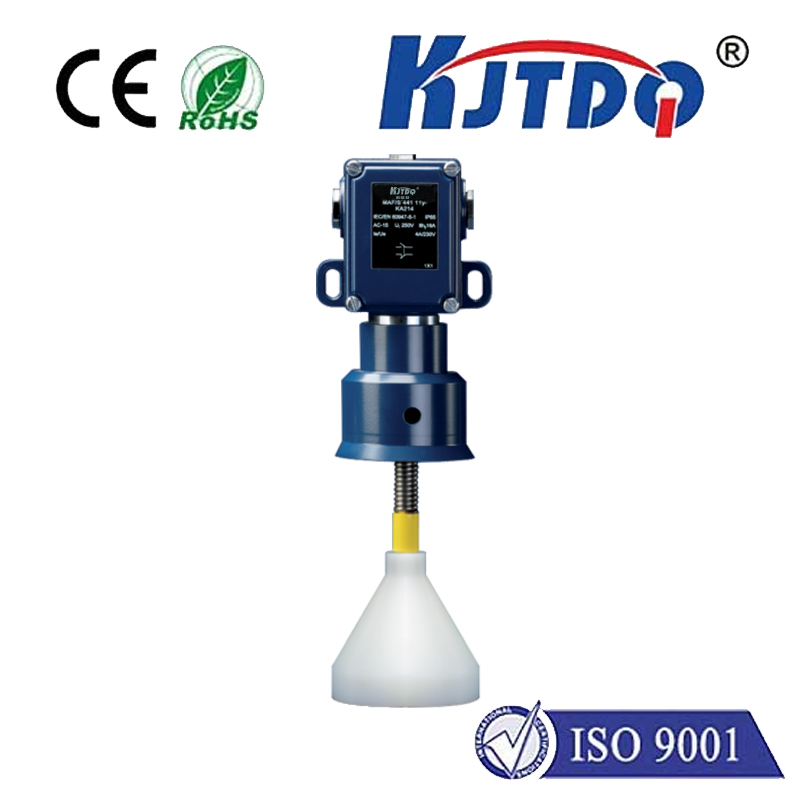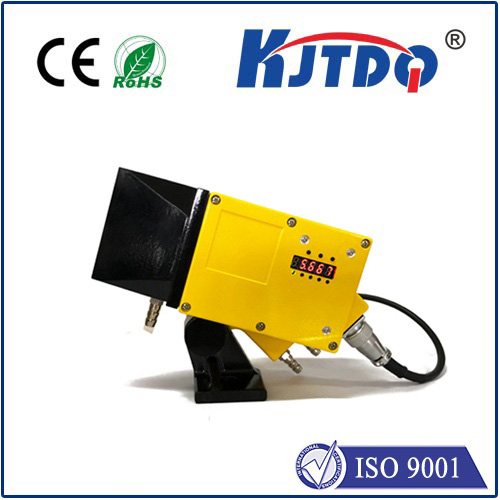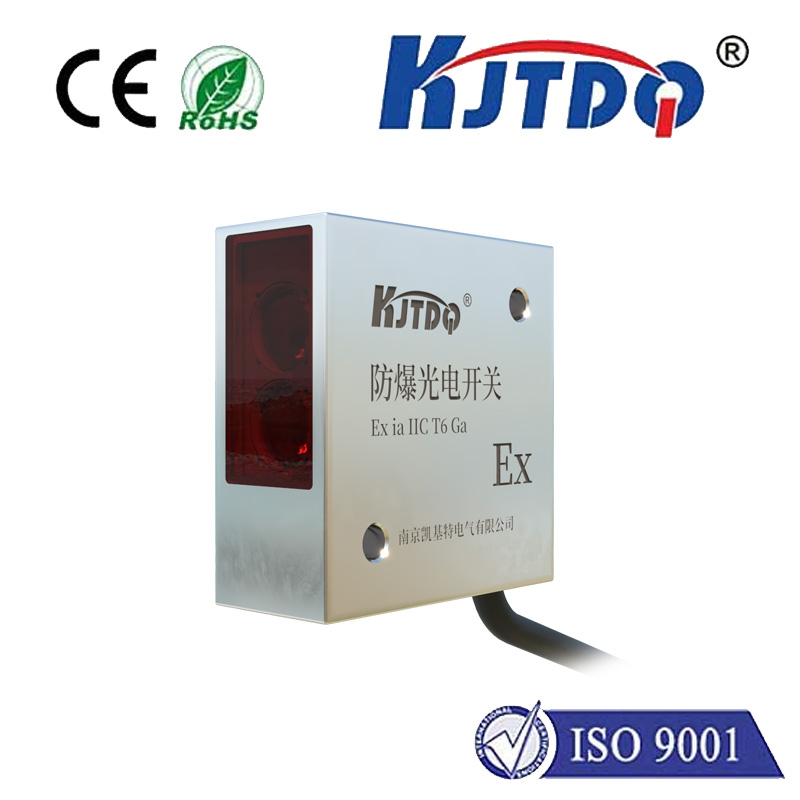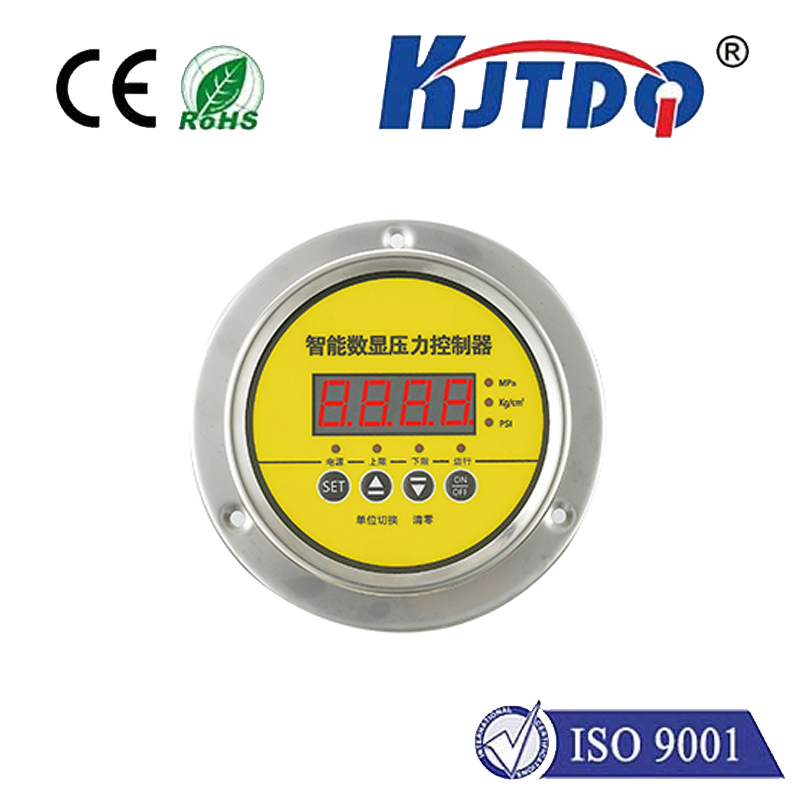BES02KN high pressure proximity sensor
- time:2025-10-01 02:18:26
- Click:0
BES02KN High Pressure Proximity Sensor: Uncompromised Detection in Extreme Environments
Picture this: a multi-ton hydraulic forging press slamming down, a high-pressure pump driving fluid at several hundred bar, deep within a mining machine where pressures mount relentlessly. In these punishing environments, knowing precisely when a critical component is in position isn’t just about efficiency – it’s about safety, longevity, and preventing catastrophic, expensive downtime. Standard proximity sensors simply cannot survive here. That’s where specialized components like the BES02KN High Pressure Proximity Sensor step onto the stage.
But what exactly defines a “high-pressure” sensor, and what makes the BES02KN uniquely suited for such tasks? At its core, this sensor isn’t just proximity detection; it’s designed resilience. While standard inductive sensors might work fine at atmospheric pressure, they can deform, leak, or fail outright when subjected to the immense forces encountered in hydraulic systems, die-casting machines, heavy presses, or offshore equipment.
The Defining Challenge: Pressure Ratings
The “high pressure” designation in the BES02KN title isn’t marketing fluff. It signifies an engineered capability to withstand pressures significantly exceeding standard IEC ratings. Where many sensors might be rated only for ambient conditions, the BES02KN is typically designed to endure pressures of 500 bar or even substantially higher, depending on the exact variant and configuration. This capability is paramount for applications where the sensor is mounted directly on a cylinder bore or within a pressurized fluid line. Without this specific pressure resistance:

- Housings can deform or rupture: Crushing forces compromise the sensor’s structural integrity.
- Seals can fail: Leading to fluid ingress and sensor malfunction.
- Internal components can shift: Affecting sensing distance and accuracy catastrophically.
Unpacking the BES02KN: Core Technology & Features
The BES02KN fundamentally relies on the trusted inductive sensing principle. It generates an electromagnetic field via its oscillator coil. When a metallic target (like a piston) enters this field, eddy currents are induced within the target, causing a measurable change in the field strength or oscillation amplitude. This change is detected by the sensor’s circuitry, which then switches its output state (e.g., from OFF to ON).
However, the magic of the BES02KN lies in how it adapts this principle for extreme environments:
- Pressure-Tight Housing: Constructed typically from robust materials like stainless steel or high-strength brass, the housing is engineered to withstand constant, intense pressure cycles without deformation or failure. The specific design and material thickness are critical factors in its rating.
- Integrated Piston: Many high-pressure inductive sensors, including the BES02KN design, feature a metallic piston (often magnetic or ferritic) within a pressure chamber. This piston moves slightly under system pressure. The actual sensing element detects the position of this internal piston, which is mechanically isolated from the pressurized fluid but deflects proportionally to the pressure acting on it. This indirect sensing protects the sensitive electronics.
- Exceptional Sealing: Achieving IP67, IP68, or IP69K protection ratings is common. This involves high-grade seals (like Viton or HNBR) not only around the sensing face but also at cable entries or connectors, ensuring long-term integrity against both pressure and environmental contaminants like oil, water, and dust.
- Robust Construction: Beyond pressure resistance, these sensors are built to endure extreme vibration, shock, and wide temperature ranges (-25°C to +100°C or higher). Shockproof and vibration-resistant designs prevent internal component fatigue.
- Stable Sensing Performance: Despite the harsh conditions, the BES02KN offers consistent switching points and reliable detection of piston positions or other metallic targets within its specified range (e.g., 2mm). Immunity to pressure fluctuations interfering with the sensing signal is crucial.
Where the BES02KN Truly Shines: Real-World Applications
The demanding nature of its design dictates where you’ll find the BES02KN making a critical difference. Its core strength is direct installation onto pressurized systems:
- Hydraulic Cylinders: Monitoring piston end-position or mid-stroke positions directly on the cylinder barrel under extreme fluid pressure. Critical in presses, injection molding machines, construction equipment (excavators, cranes), and steel mills.
- Pumps & Valves: Detecting valve spool position or pump actuator status within pressurized hydraulic circuits.
- Die Casting Machines: Position feedback on clamping cylinders and injection units where pressures and temperatures soar.
- Offshore & Subsea Equipment: Reliable sensing on winches, tensioners, and riser systems subjected to high pressures and corrosive saltwater environments.
- Heavy Industrial Machinery: Position feedback in forging presses, compactors, and any equipment where immense forces necessitate pressurized cylinders.
Choosing the Right High-Pressure Sensor: Beyond the BES02KN
While “BES02KN” often references a common high-pressure inductive sensor design (originally pioneered by manufacturers like Balluff), it’s become somewhat generic for this sensor type. When selecting a sensor for critical high-pressure applications:
- Confirm Exact Pressure Rating: Don’t assume; verify the specific model’s rating matches or exceeds your system’s maximum operating pressure.
- Material Compatibility: Ensure housing material (e.g., stainless steel 1.4305 / 303) and seals are compatible with your hydraulic fluid and environment (temperature, chemicals).
- Sensing Range & Target: Specify the required nominal sensing distance (Sn) and ensure compatibility with your target material (steel, stainless steel, iron).
- Electrical Specifications: Match the required voltage (typically 10-30V DC), output type (PNP/NPN, NO/NC), and current rating to your control system.
- Connections: Choose cable length, style, or connector type (M12) suitable for installation ease and environmental protection.
- Certifications: Check if specific industry certifications (e.g., ATEX, UL, CE) are required.
The Undeniable Value Proposition
In the demanding landscapes of heavy industry, automation, and hydraulic power, the BES02KN high pressure proximity sensor represents a crucial investment. It’s not merely a sensor; it’s a robust interface between the digital control world and the harsh realities of mechanical force. By providing reliable, non-contact position feedback under conditions that would destroy standard sensors, the BES02KN ensures:






